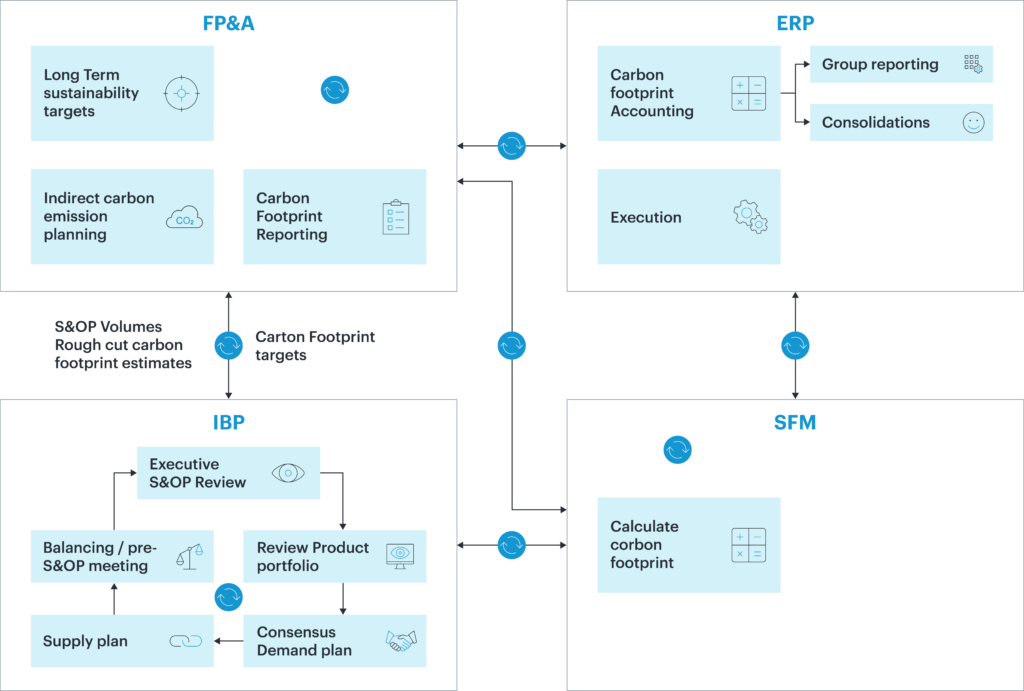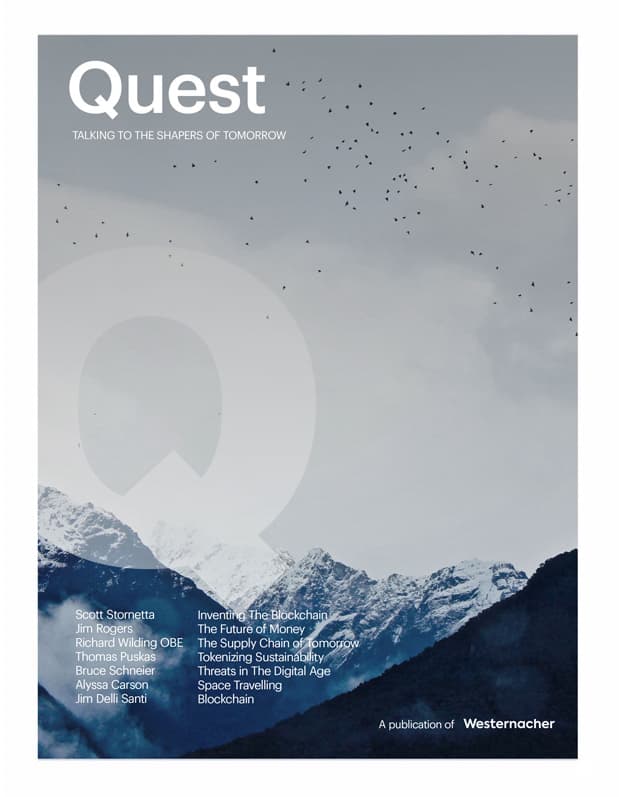A tidal wave of change in societal views has been sweeping the globe in recent years. This wave has set a much higher bar for the way organizations interact with their investors, employees, customers, suppliers and communities, regarding the impact on the natural environment. Today, executive boards are encouraged to assess their organization’s current level of sustainability maturity and begin the long-term journey of transformation to a higher level.
These changes require systems to support reporting, tracking and planning of the environmental impacts of the enterprise. SAP provides a set of tools for these goals bundled in the SAP Cloud for Sustainable Enterprises offering.
SAP also offers a Sustainability Control Tower solution to record actual data, set targets and implement improvement measures, together with a green ledger that facilitates transactional carbon accounting. A green ledger allows for the tracking of greenhouse gas (GHG) emissions for every business transaction by applying the principles of financial accounting.

SAP IBP supports enterprises in defining their tactical and operational plans. As a result, planners will need tools to evaluate the future plans, including their environmental impacts. While flexibility in defining custom key figures already enables the evaluation of the supply plans in terms of sustainability, the new feature of carbon footprint rollup delivered in SAP IBP 2308 release allows for the evaluation, at the node level, of the carbon footprint of finished goods based on emissions generated across the supply chain network from various activities such as transportation, production or simply holding products in stock.
The information about the carbon emissions could be integrated in SAP IBP from SFM, S/4 HANA or SAP Analytics Cloud, depending on where it is available in the enterprise system landscape. The plan, measured in terms of emissions, can then be moved to the Financial planning and Analytics tool, enabling a comparison between the plan and actuals integrated in FP&A from the execution system. The FP&A tool could also be used to define future carbon footprint targets for future plans, in the same way as setting financial targets.
